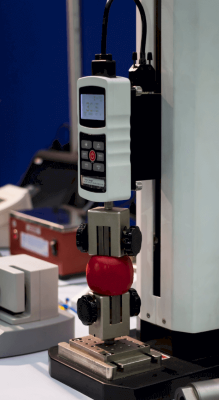What Is a Load Cell Scale?

A load cell scale is a sensor that converts force (such as mass or torque) into an electrical signal for output. Essentially, a load cell is a transducer that transforms a physical force into an electrical response.
The strain gauge type is the most commonly used load cell, known for its high accuracy, minimal temperature influence, simple structure, ease of manufacturing and maintenance, few moving and friction parts, and long-term performance stability.
Uses of Load Cell Scales
Load cells are integral in applications where force measurement is essential. Often built into equipment, they are found in devices such as industrial scales, balances, platform scales, and testing machines. Available in various types, including beam, S-shaped, column, and diaphragm types, each is suited for specific applications: beam type for platform scales, column type for industrial scales, and S-shaped type for tensile force measurement.
Principles of Load Cell Scales
The working principle of strain gauge load cells is based on the property of metals that change electrical resistance when mechanically deformed. Strain gauges capitalize on this property to detect strain via changes in electrical resistance.
A load cell comprises a strain generator and a strain gauge. The strain generator induces strain, while the strain gauge, attached to it, measures this strain. There is a direct proportionality between the strain gauge’s resistance change and the strain, represented by the equation:
ΔR/R = K × ε
Here, R is the original resistance, ΔR is the change in resistance due to strain, K is the gauge factor (proportional constant), and ε represents the strain.
The electrical resistance change is detected using a Wheatstone bridge circuit, an arrangement of four resistors configured in a diamond-like pattern, ideal for detecting minute changes in electrical resistance.